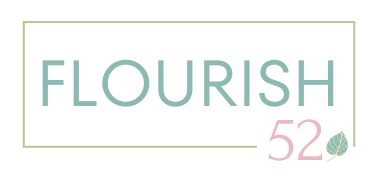Bring to mind a recent stressful situation that you encountered.
Think about what happened and why it triggered stress in you.
Situations like this put us into threat mode. Our focus narrows, we go into fight or flight, and anxiety rises.
There are five categories that stressful situations can threaten in us. This model is called SCARF.
Status – Who we are and the role we play (boss, teacher, parent etc.)
Certainty – Our ability to know what will come, what the future will hold.
Autonomy – Our ability to make choices for ourself.
Relatedness – Our relationships to the people around us and the need to be connected, understood and belong.
Fairness – Perceived inequality. We want things to be fair.
The stressful situation you thought about when you started reading this article will fall into one or more of these categories.
The more categories that are ticked by the situation, the more stressful it is.
Using the SCARF model to understand a stressful situation better, helps us handle it.
We can say, “It makes sense that…”
The SCARF model helps us have self-awareness around the stressful events.
Self-awareness leads to self-compassion.
Self-compassion leads to self-care.
Let’s go through a few examples:
Waiting on a medical diagnosis:
Let’s say someone has had scary symptoms and tests have been run. Now they wait on the results.
That waiting time is very stressful, because the diagnosis threatens Certainty and also possibly Status (Will they be able to continue in their roles?), Autonomy (Will they be able to take care of themselves?), Relatedness (How will their relationships with loved ones be effected?), Fairness (Why me?).
It makes sense to be very stressed in this situation. Knowing that, this person can move forward by taking care of themselves during the wait. They can concentrate on knowing they will be able to handle whatever comes, especially if they have the support of loved ones etc.
Lower stakes stress:
Take a situation where someone is backing out of a parking space and hits a brand new Lexus, denting the fenders of both cars badly.
This situation threatens Certainty (How much will this cost? Will the insurance go up?). Relatedness may also be threatened (Will a loved one be angry, possibly a spouse or a parent, if it’s a teen driver?)
Using the SCARF model
Obviously, knowing this model will not solve your stressful situation.
But it does help us understand both the situation and our reaction to it better.
This awareness can help us know what steps we can do to take care of ourselves and others. It might also lead us to proactive steps to help resolve the situation, depending on the situation itself.
What do you think?
I recently learned about the SCARF model and I’ve been trying to apply it to various situations. I’ve found it to be helpful.
What about you? Do you think this will help you have better understanding around stressful situations?
Leave a comment below to share.
